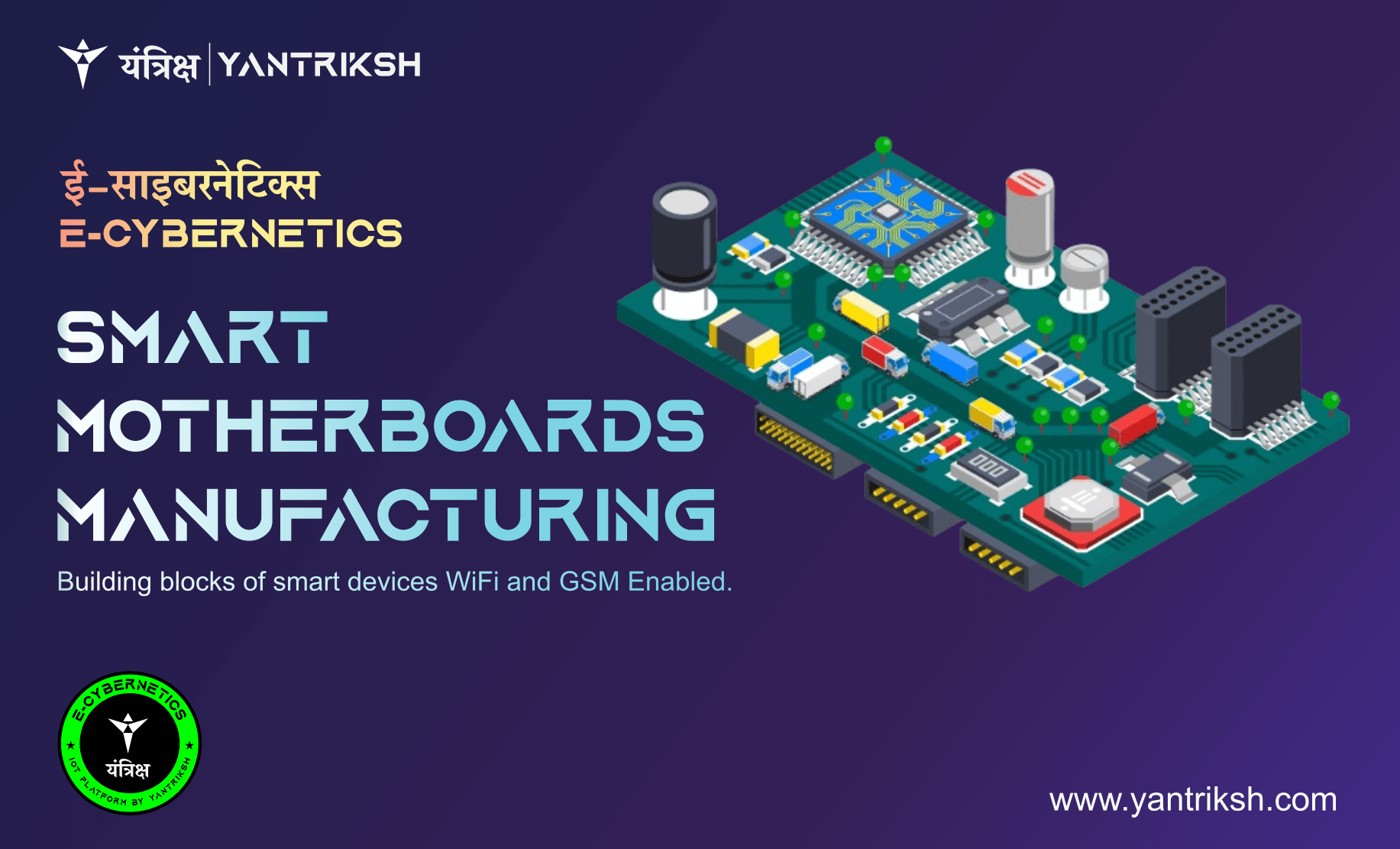

info[at]yantriksh.com
In-house manufacturing unit.

The manufacturing of IoT (Internet of Things) solutions involves a sophisticated process that integrates hardware, software, connectivity, and data analytics to create interconnected devices capable of collecting, transmitting, and analyzing data.
Manufacturing IoT solutions involves a multidisciplinary approach, merging hardware, software, connectivity, and data analytics to create interconnected devices that cater to diverse industries, enhancing efficiency, and enabling innovative applications in today's connected world.